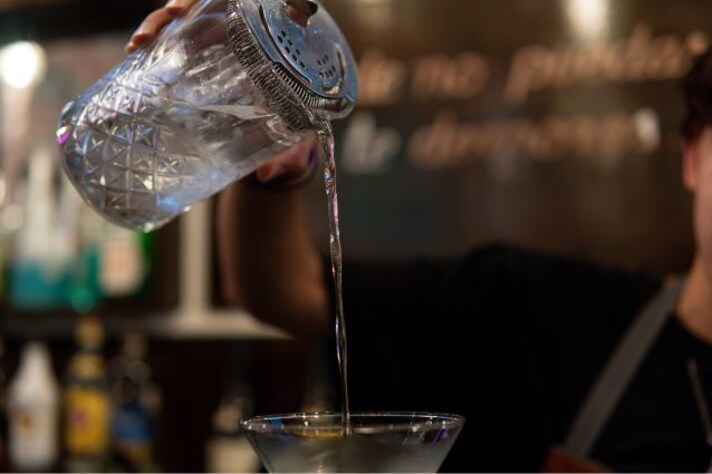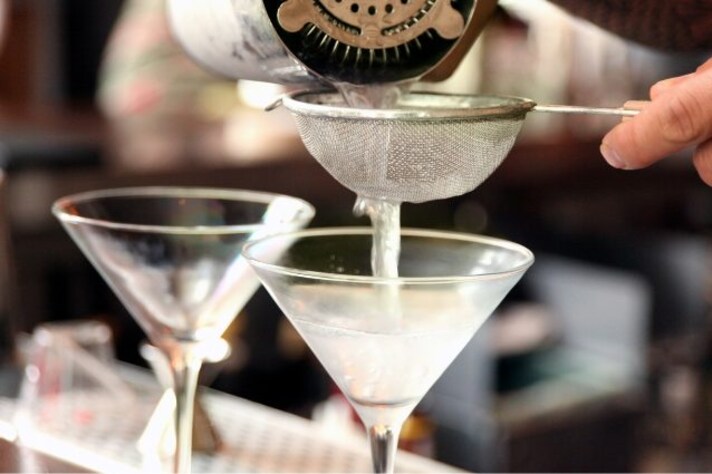
The martini has ascended to the pantheon of iconic drinks, immortalized in television, movies, and real life, often associated with elegance and sophistication. Characters like James Bond have cemented the martini's legendary status with his famous request for it to be "shaken, not stirred." However, for those stepping into a bar to order a martini, the multitude of variations can be daunting. Among these variations, one cardinal rule stands out: a martini must be stirred, not shaken, despite what 007 might say.
Why is Shaking a Martini Such a Capital Sin?
Shaking a martini disrupts its delicate balance and texture. The vigorous action of shaking introduces air into the mixture, resulting in a cloudy appearance and a diluted taste. This aeration also diminishes the martini's silky mouthfeel, replacing it with an undesirable frothiness. Additionally, shaking can bruise the gin, altering its botanical flavors, and over-chilling the drink, which can numb the palate and mute the subtle complexities of the spirit.
In contrast, stirring a martini is a gentle process that ensures the ingredients are mixed without compromising their integrity. Stirring cools the drink evenly, achieving the ideal temperature and maintaining its crystal-clear appearance. This method allows the flavors of the gin and vermouth to meld seamlessly, preserving their intended profiles and creating a smoother, more refined cocktail.

Can You Taste the Difference Between a Shaken and a Stirred Martini?
Absolutely, the difference between a shaken and stirred martini is discernible. A shaken martini tends to be colder and slightly more diluted, with a frothy texture that can mask the nuances of the spirits used. Conversely, a stirred martini is smoother and more cohesive, allowing the distinct flavors of the gin or vodka and vermouth to shine through. The clarity of a stirred martini also enhances the overall drinking experience, making it more visually appealing.
What About Dirty Martini? Does it Need to Be Stirred Too?
Dirty martinis, which include a splash of olive brine, follow the same rule: they should be stirred, not shaken. The brine introduces a saline component that can be easily overpowered by the same issues that affect a traditional martini when shaken. Stirring ensures the brine is evenly distributed without excessive dilution or aeration, maintaining the drink's clarity and balance. However, some bartenders and drinkers prefer a slight shake to ensure the brine is well-incorporated, though this is more a matter of personal taste than a standard practice.

Then Why Does James Bond Order his Martinis "Shaken, Not Stirred"?
The answer lies more in character development than in cocktail science. Ian Fleming, the creator of James Bond, wanted to underscore Bond's uniqueness and non-conformity. By ordering his martini shaken, Bond set himself apart from traditionalists, signaling his rebellious and unconventional nature. This choice has since become a hallmark of the character, despite it being contrary to the optimal way to prepare a martini. But are we really going to trust James Bond on how we take our drinks?
;Resize,width=767;)
